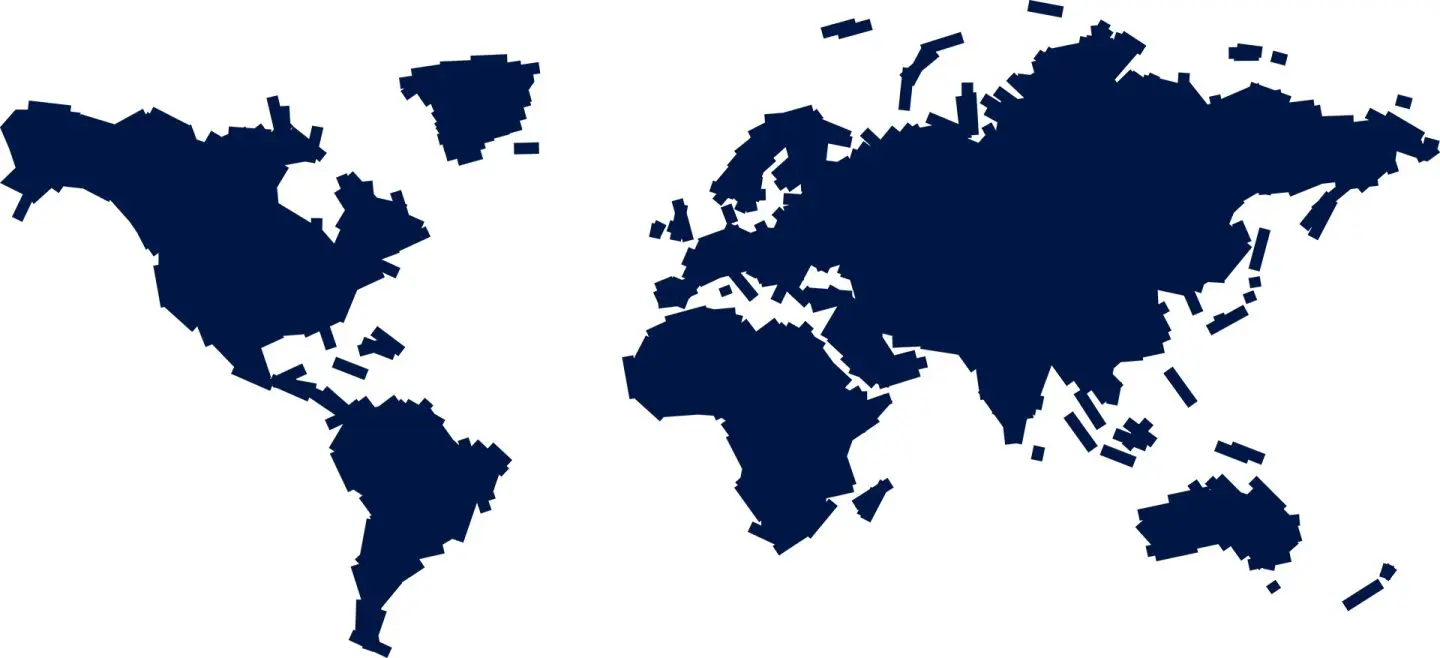
Sexual violence is a human rights violation that impacts millions of people around the world. The vast majority of victims are women and girls, while almost all perpetrators are men.
Sexual violence is not about passion or desire, it’s about power, control, and entitlement. Ending it requires dismantling the root causes: structural misogyny, legal inequality, and societal apathy.
Despite the pervasiveness of these crimes, laws around the world are insufficient, inconsistent, not systematically enforced, and, in some instances, even promote and perpetuate sexual violence.
At Equality Now, we support justice actors from around the world to understand how a comprehensive, gender-sensitive investigation and prosecution, properly conducted, would lead to improved justice for survivors of sexual violence.
To grant all survivors equal access to justice, there are universal pillars that can be applied to prevent and end this pervasive form of violence against women and girls. We know that ending sexual violence everywhere requires good laws, effective implementation, and an intersectional approach.
We work with national coalitions and experts to develop model laws, policy guidance, and legal tools to ensure rape is interpreted within the criminal justice sector based on lack of willing and genuine consent and to dismantle harmful legal loopholes. Our resources support governments, courts, and prosecutors in creating survivor-centered, accused-focused, and context-led justice.
We amplify the voices of survivors and underrepresented communities, bringing together coalitions and legal advocates to strengthen laws and practices, share knowledge and build mutual capacity. Our work supports change at local, national, and international levels.
We’ve helped overturn “marry your rapist” laws in over 12 countries and secured legal victories in places such as Georgia and Bolivia. Our legal reform efforts are shifting how systems respond to sexual violence, one law or protocol at a time.

Explore more